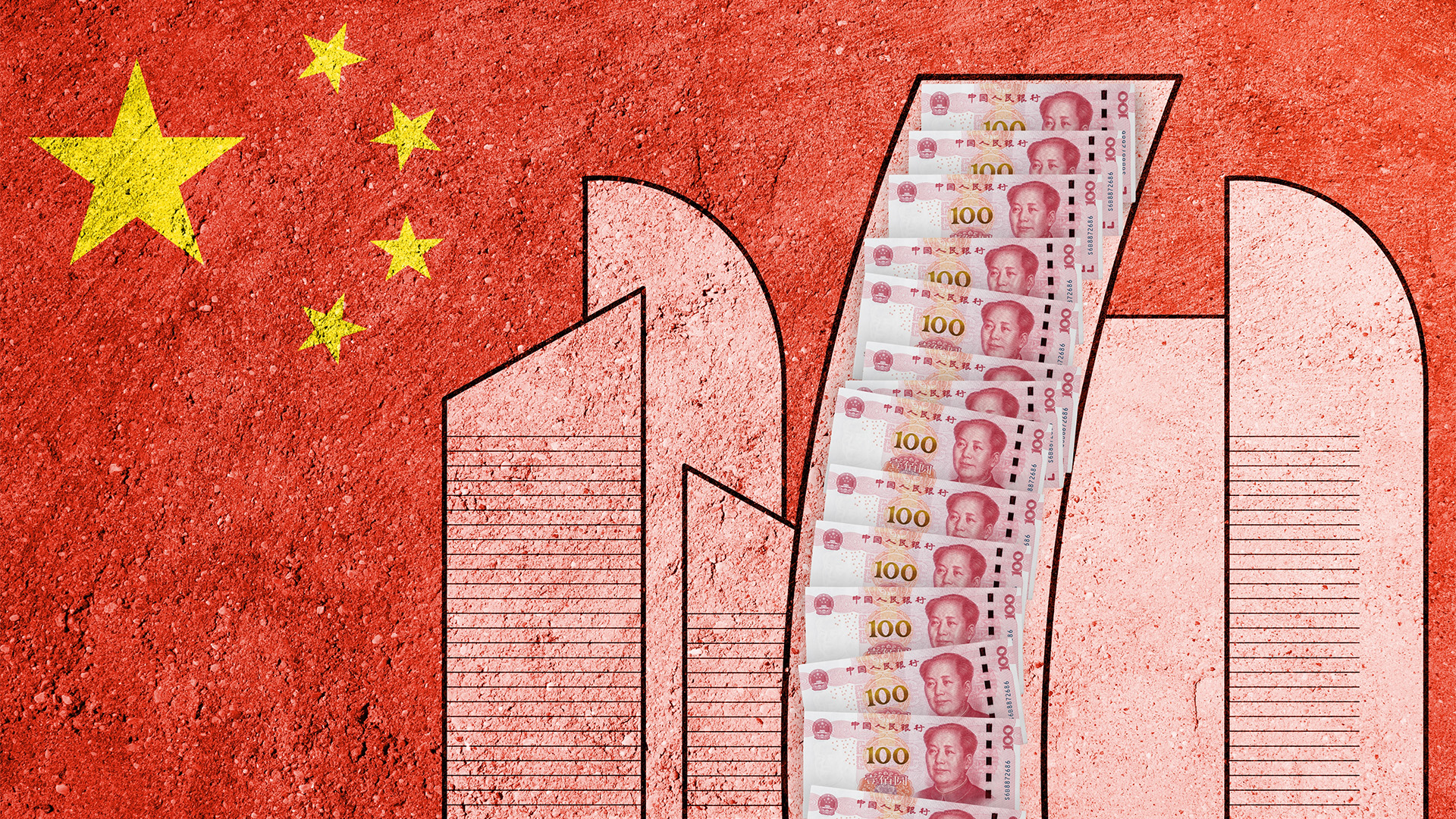Amid China’s unexpected 8% surge in imports, iron ore shipments into the country stood out with a stronger-than-expected outcome, while oil and coal imports were also solid.
Iron ore is the commodity closest to Australia’s economic heart, and news that China’s appetite hasn’t slowed—despite a serious buildup of stocks at the country’s 45 major ports (to more than 146 million tonnes)—will be welcomed by local investors.
Data from China’s Customs Administration showed that April's iron ore imports edged up 1.1% from March to 101.82 million tonnes. Not only was that a touch higher than March, but it was also a large 12.6% higher than the 90.44 million tonnes imported in April 2023.
"The obvious annual increase is mainly due to a low base effect; the volume last April was relatively low, but since there is no big change in the daily consumption of iron ore among domestic steelmakers, imports in April remained high," said Pei Hao, a Shanghai-based analyst at international brokerage Freight Investor Services, told Reuters. "Actually, the second quarter will probably also see comparatively higher imports versus year-ago levels following an annual increase in the first quarter."
A slower-than-expected recovery in hot metal output in March put downward pressure on ore prices which has now turned with reports of rising demand, output, and capacity utilization.
Higher shipments in late March to catch up with quarterly targets also contributed to a relatively high import volume in April, said analysts.
China's iron ore imports in the first four months of 2024 totaled 411.82 million tonnes, up 7.2% from the same period in 2023. That’s an annual rate of more than 1.2 billion tonnes—a record if sustained until the end of the year.
Both ore demand and prices will improve in the second half of the year, benefiting from a quicker issuance of special bonds in the second quarter, stimulus including equipment upgrades, and robust steel exports, said Jiang Mengtian, an analyst.
But China's steel exports in April jumped by 16.3% from the year earlier to 9.22 million tonnes.
April's shipments brought the total for January to April to 35.02 million tons, the highest for the period since 2016, a rise of 27% year-on-year, the data showed.
That is setting up a trade brawl later in the year, especially with the US.
Iron ore prices edged up to close just over $US116 a tonne on the SGX trading platform in Singapore. That took the price rise so far this month to 16%, rebounding from the 9% slip in March.
China's crude oil imports rose on the previous year in April, as oil companies stocked up for the four-day Labour Day holiday (May Day) travel season.
Crude imports in April totaled 44.72 million tonnes, or about 10.88 million barrels per day (bpd).
That represented a 5.5% increase from the relatively low 10.4 million bpd imported in April 2023.
China saw more than 1.3 billion passenger trips over the five-day Labour Day holiday that began on May 1, up 2.1% from a year earlier, state media outlet Xinhua reported.
Domestic airline seat capacity in April was up 1.3% from last year, according to Reuters.
Natural gas imports for April rose 14.7% from a year earlier to 10.30 million tonnes, the customs data showed. Prices of LNG for Asia at the end of April were down 11.3% from the same period last year and down 43% from last year's peak in October.
For January-April, China’s gas imports jumped 20.7% to 43 million tonnes from the same period in 2023.
There was no breakdown of the total to show LNG import data.
Meanwhile, April saw another strong performance by coal importers as power utilities boosted shipments to raise their stockpiles ahead of the peak summer demand season.
Imports in April totaled 45.25 million tonnes last month, up 11% from 40.68 million tonnes in March 2023.
April’s tonnage was up by 9.4% from March and 2 million tonnes less than December's record of 47.3 million tonnes.
"We have entered a stocking period ahead of the summer peak," Xu Dongkun, an analyst with industry group the China Coal Transportation and Distribution Association, said on Wednesday.
China's coal imports in the first four months of 2024 were 161.15 million tons, up 13% year-on-year, the Customs data showed.
China's main coal suppliers are Indonesia, Russia, Mongolia, and Australia.
But China's unwrought copper imports fell 8.2% in April from the prior month, as the sharp rise in global prices put a dampener on demand.
Imports of unwrought copper and products totaled 438,000 tonnes last month, compared with 474,000 tons in March, showed data from the General Administration of Customs.
The figures include anode, refined, alloy, and semi-finished copper products.
The past month saw strong upward momentum for copper, boosted by raw material shortages, demand optimism driven by new energy and AI sectors, and speculative buying.
Copper prices on the London Metal Exchange (LME) jumped 13% in April, surpassing the two-year high of $10,000 a tonne on April 29.
Imports of copper concentrate totaled 2.35 million tonnes for April, up 11.9% from a year earlier. That was little more than March’s 2.33 million tonnes
Imports totaled 9.34 million tons in the first four months, up 6.9% from the first four months of 2023.














